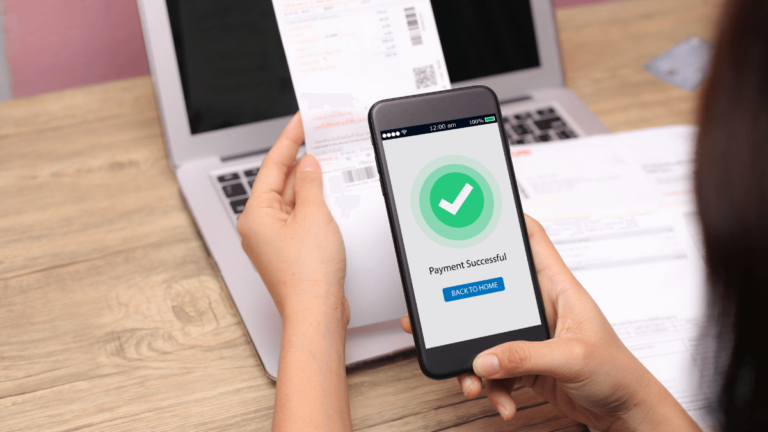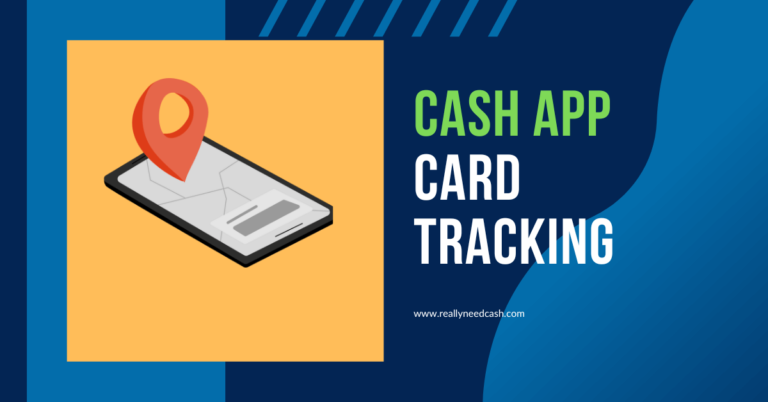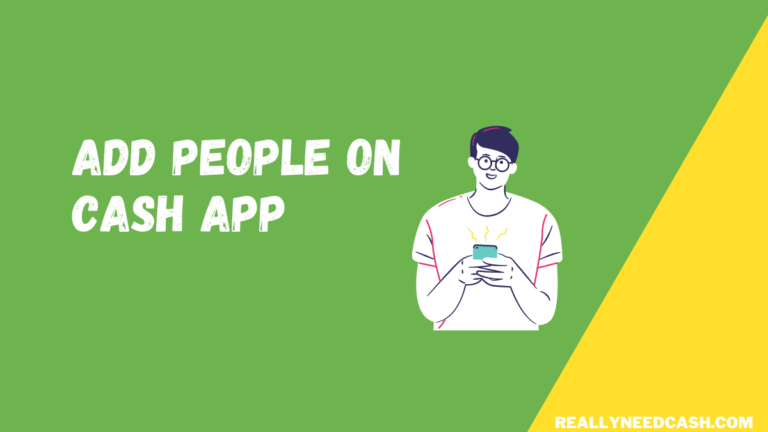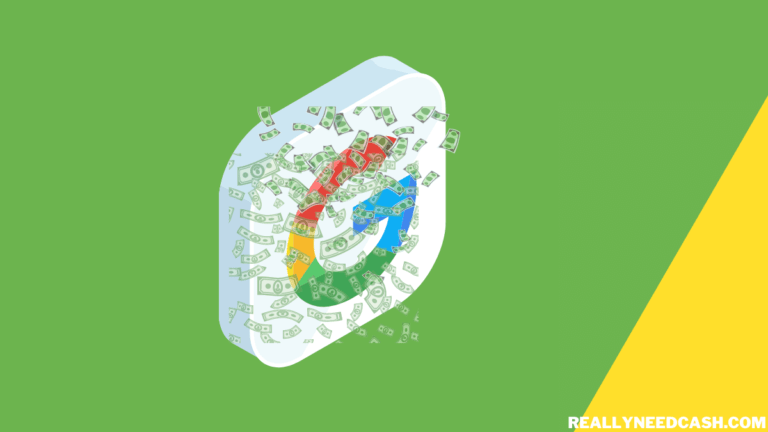Comparing Popular Cash Apps
When choosing a cash app, understanding the core features, security measures, and fees is important. Each app has unique aspects that can influence your decision. Here’s a closer look at these key factors.
Core Features and Usability
I find that the core features of cash apps greatly impact their usability. Cash App allows me to send and receive money easily using a $cashtag, which is like a mini username. It also offers options for investing in stocks and Bitcoin. Venmo, owned by PayPal, has a social aspect that lets me share payment notes with friends, making it feel more interactive.
PayPal is broader in scope, allowing me to shop online or pay bills, making it more than just a peer-to-peer app. Each of these apps is available on platforms like Android and iOS, ensuring I can access them anytime. Their interfaces are user-friendly, making it simple to manage transactions and explore additional features.
Security and Fraud Protection
Security is a major concern when using cash apps, and each one takes steps to protect users. I appreciate that Cash App offers security features like two-factor authentication, which adds an extra layer of safety. They monitor transactions for unusual activity, which helps me feel secure during P2P transactions.
Venmo also emphasizes safety, offering additional protections for unauthorized transactions. PayPal is known for its long-standing reputation in online payments, ensuring robust measures against fraud. Each app collects data like profile photos and geolocation, enhancing user verification and trust.
Fees, Limits, and Accessibility
Fees can vary between apps, which is something I always check before using them. Cash App charges a fee of 0.5% to 1.75% for instant cash-out. The minimum fee is $0.25. In contrast, Venmo has a similar structure, with an option for an instant cash-out fee of 1.75%.
While using PayPal, I notice that some services are free, but costs can be incurred for business transactions or currency conversion. Each app has various limits on transactions, so I always make sure to read those details. Also, they are widely accessible, making it easy to send and receive money across the U.S.
Financial Services and Integration
Both Cash App and its alternatives provide a range of financial services designed to meet the needs of users. Understanding how they stack up in terms of banking options, investment potential, and additional features can help me make an informed choice.
Banking and Direct Deposits
Cash App allows users to set up a bank account through its platform. This account is FDIC-insured, meaning my funds are protected up to $250,000. Direct deposits can be made, making it easy for me to receive paychecks directly into the app. I can also get a debit card tied to my Cash App balance for everyday purchases. The ability to receive my earnings via direct deposit helps streamline my finances and offers quick access to my funds without waiting for traditional banking processes.
Stock Market and Cryptocurrency Investments
I appreciate that Cash App lets me invest in both stocks and cryptocurrency, including Bitcoin. The app provides a user-friendly platform for trading, allowing me to buy and sell without the complexities of a traditional brokerage. They enable fractional investing, so I can start with smaller amounts. This is a big plus for someone like me who wants to dip my toes into the stock market without committing large sums. The option to invest in cryptocurrency adds another layer to my financial strategy, keeping me engaged with modern investing trends.
Additional Perks and Features
Cash App includes features like money transfers between friends and contacts, making it simple to split bills or send gifts. Another perk is the option to file my taxes directly through the app, which simplifies managing my finances. Cash App also offers rewards programs, where I can earn discounts or cash back on certain purchases. These features create a well-rounded financial tool that goes beyond just transferring money. Integrating these services into one app helps keep my financial life organized and accessible.
User Experience and Support
In this section, I’ll cover how easy it is to use cash apps, the support they offer, and some details about transferring and withdrawing funds. Understanding these elements can help you choose the right cash app for your needs.
Availability and Device Compatibility
Both Cash App and Venmo work well on various devices, including iOS and Android. They offer user-friendly apps that can be easily downloaded from the Apple App Store or Google Play Store.
I appreciate that both platforms also work on the web. This means that even if I’m not on my phone, I can still access my account through a browser.
Their availability is a big plus for me when managing finances on the go. It’s nice to know I can send money anytime, whether I’m using my mobile phone or a computer.
Customer Service and Support
Customer support is a significant factor when I choose a cash app. Cash App offers help through their app and website, with support available by phone from 9 a.m. to 7 p.m. ET daily. Having access to phone support is something I personally value.
Venmo, on the other hand, mainly provides support via their app and online help center. I’ve noticed that quick responses can vary, so it’s good to check user reviews about support experiences.
Both apps have options for help, but I recommend checking which fits your needs better, especially if prompt assistance is a priority for you.
Transfer and Withdrawal Processes
When it comes to transferring money, both Cash App and Venmo are easy to use. They allow for instant transfers, but they also have transaction fees. For Cash App, transferring money instantly can cost between 0.5% and 1.75%, with a $0.25 minimum fee.
For ATM withdrawals, there might be additional fees. Cash App users should check if their linked bank account has ATM withdrawal fees, as these can add up over time.
I find both apps have limits on how much you can transfer or withdraw. It’s important to know these limits when planning to send money or withdraw cash. If international transfers are needed, keep in mind that options may differ between the apps.
Frequently Asked Questions
When considering which money transfer app is best, it’s important to look at various factors. This section answers common questions about advantages, security, rates, and features of different apps.
What are the main advantages of one money transfer app over others?
Different apps offer unique benefits. For instance, some provide quicker transfers, while others may have better user interfaces. Cash App is popular for its simplicity and investment features, while Venmo is known for social interactions.
How do security features compare among leading money-sending apps?
Security is critical when choosing a money transfer app. Apps like Cash App and Venmo use encryption and fraud detection. It’s good to check if they offer two-factor authentication for added safety.
Which app offers the best rates for international money transfers?
For international transfers, fees can vary. Apps like Wise often provide lower rates and fees than traditional banks. It’s wise to compare rates before sending money overseas to save on costs.
What are the top instant money-sending apps currently available?
Some of the top instant money-sending apps include Cash App, Venmo, and PayPal. These apps enable quick transactions, making it easy to send money to friends or family instantly.
Can you recommend an app for secure and anonymous transactions?
For secure and anonymous transactions, I would suggest using apps that focus on privacy, like Monero or Zelle. These options provide different levels of anonymity and security features to protect user information.
What should I look for in a money transfer app when sending funds to Africa?
When sending money to Africa, it’s important to check transfer fees, speed of service, and exchange rates. Apps like Remitly and WorldRemit are often recommended for their low fees and fast transfers to various African countries.






